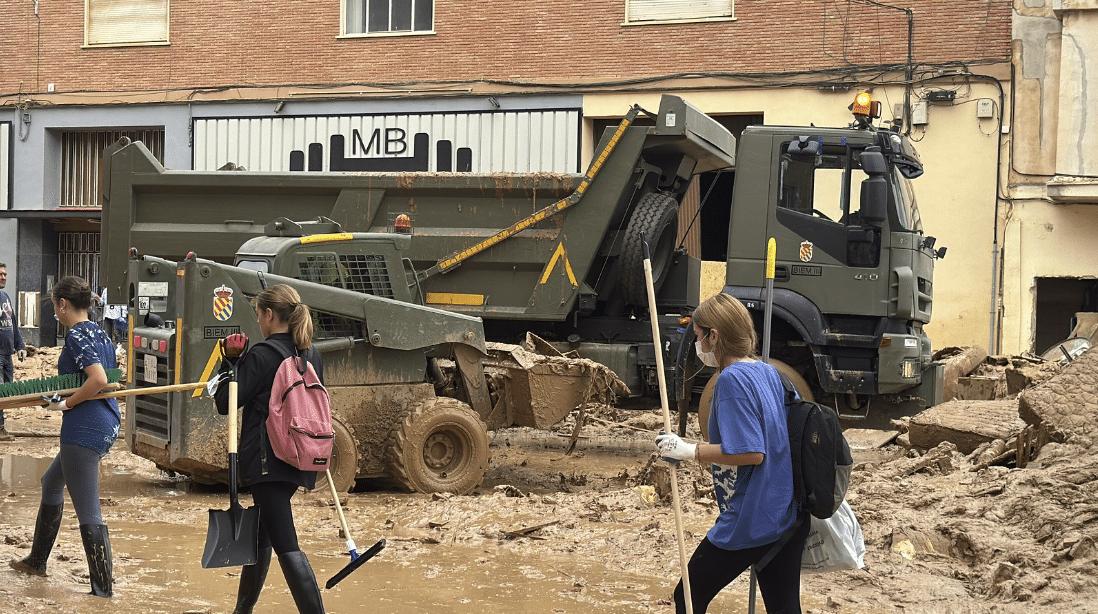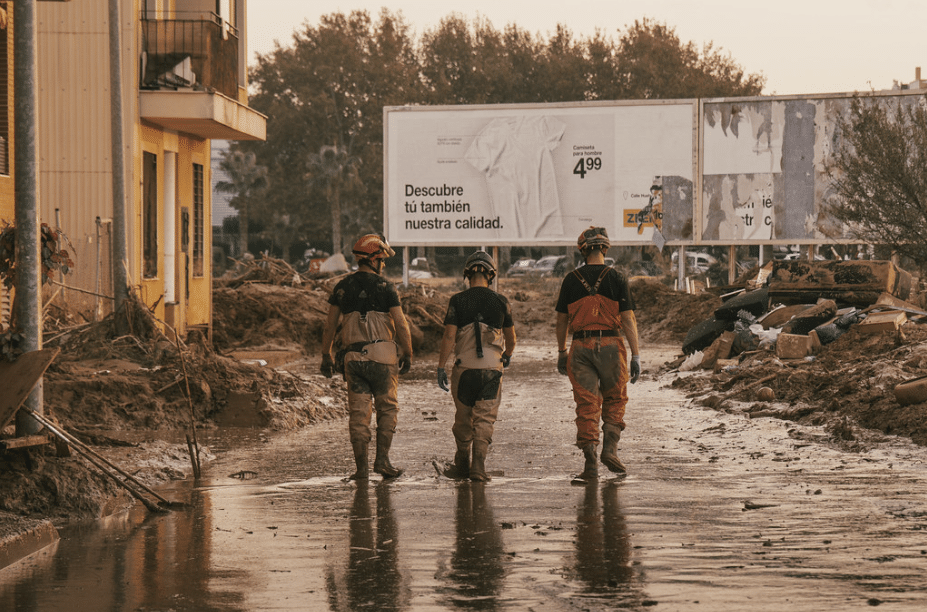Spanish
Dutch
French
German
Norwegian Bokmål
Polish
Swedish
The controversy surrounding Carlos Mazón’s failure to issue the DANA alert in time has intensified, as official reports confirm that most victims had already perished before the emergency notification was sent at 8:11 PM on October 29, 2024.
Critics argue that the Generalitat Valenciana’s delayed response left residents unprepared for the catastrophic flooding, particularly in l’Horta Sud, where the Poyo ravine overflowed with devastating consequences.
The Timeline of the Disaster
6:30 PM – 7:30 PM: The deadly floods strike, catching residents by surprise. Elderly individuals, disabled persons, and motorists attempting to save their vehicles are among the most vulnerable.
8:11 PM: The Generalitat finally sends the Es Alert emergency notification—far too late for those already caught in the flood.
8:28 PM: Carlos Mazón, President of the Generalitat Valenciana, arrives at the Integrated Operational Coordination Center (CECOPI), 17 minutes after the alert was sent.
Mazón’s Changing Narrative
Mazón initially claimed he arrived at CECOPI before 7:00 PM, but four months later, he admitted he did not arrive until 8:28 PM—after the alert had already gone out. When questioned about the contradiction, Mazón defended himself, saying:
“When have I ever lied?”
However, critics argue that his absence during the critical decision-making period led to the disastrous delay. Some reports suggest that his late arrival postponed key emergency decisions, further worsening the response.

Public Outrage and Political Fallout
Survivors and families of victims have condemned the lack of timely warnings, with some stating that their loved ones could have been saved had the alert been issued earlier. Opposition leaders and political figures have accused the Generalitat of gross negligence, demanding accountability.
Mazón dismissed the criticism, calling it a “political attack” and insisting that the Generalitat acted appropriately.
However, in a nearly 1,000-page report on the DANA, which includes testimonies from the victims’ relatives, it is almost unanimously recounted that the majority of deaths happened between 7:00 p.m. and 8:00 p.m.—before the Generalitat activated the alert.
The dossier states that a significant number of the victims were elderly individuals with limited mobility, residing in ground-floor apartments or accessing underground garages when the floods hit. The sudden onset of the disaster left them with little to no time to seek safety.
The delay in issuing the emergency alert has been a focal point of scrutiny. The State Meteorological Agency (AEMET) had issued storm warnings earlier in the day, but the regional authorities’ response was criticised for being slow and uncoordinated.
A judge investigating the disaster stated that the late dissemination of the alert prevented residents from taking necessary protective measures, suggesting that timely warnings could have saved many lives.
The judicial inquiry, led by Judge Nuria Ruiz Tobarra, describes the disaster as “a true hell of destruction and death”, raising further questions about why warnings were not sent sooner.
Spanish
Dutch
French
German
Norwegian Bokmål
Polish
Swedish





















